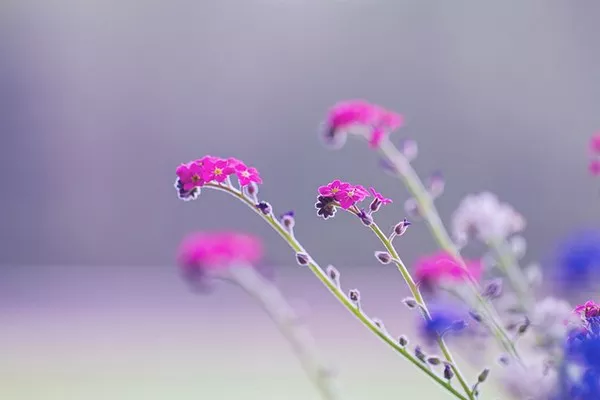Researchers from Mahidol University in Thailand have taken a giant leap for the tiniest flowering plant on Earth, watermeal, in their quest to explore its suitability for space as a nutritious food source for astronauts and a highly efficient oxygen producer. These minuscule plants, individually the size of pinheads, were put to the test under 20 times normal Earth gravity aboard the European Space Agency’s (ESA) Large Diameter Centrifuge (LDC) located at ESA’s ESTEC technical center in the Netherlands.
The LDC, with its impressive 8-meter diameter and four arms, provides access to hypergravity levels up to 20 times Earth’s gravity, making it an invaluable resource for extended research. Access to the LDC was arranged through HyperGES, a program initiated by ESA and the United Nations Office of Outer Space Affairs (UNOOSA) as part of the “Access to Space for All” initiative.
Watermeal, even smaller than the more well-known duckweed, is a floating aquatic plant common in Thai and Asian water bodies. Tatpong Tulyananda, who leads the Mahidol University team, explains their interest in watermeal, “We became interested in watermeal because we wanted to model how plants respond to changing gravity levels. Because watermeal doesn’t have any roots, stems, or leaves, it is basically just a sphere floating on a body of water. That means we can focus directly on the effects that gravity shifts will have on its growth and development.”
Watermeal has a remarkable advantage: it produces oxygen through photosynthesis and serves as a rich protein source, traditionally consumed in Thailand. The entire plant is edible, making it promising for space-based agriculture.
The research team had previously studied watermeal using clinostats, which simulate microgravity conditions by continuously altering the orientation of the gravity vector. Their experiments revealed little to no difference in plant growth between 1g and simulated microgravity. To extend their research and explore the full range of gravity environments, they subjected watermeal samples to 20 times Earth gravity within the LDC.
These samples were placed in boxes equipped with LEDs that mimic natural sunlight and then housed within a centrifuge gondola to grow while spinning at 20g. This allowed the researchers to study two generations of watermeal within two weeks.
Tatpong Tulyananda elaborates on their next steps, “What we do next is examine the plants directly, then render extracts into a solid pellet form that we will take home to study. Then we can put these samples through detailed chemical analysis to gain insights into the broad spectrum of watermeal’s hypergravity response.”
In their research at ESA’s facilities, the team was not only able to utilize the LDC but also made use of ESA’s Life Support & Physical Sciences Instrumentation Laboratory and the adjacent Materials and Electrical Components Laboratory for experiment preparation and finalizing samples.
Following this research, an all-female team from Universidad Católica Boliviana San Pablo in Bolivia is scheduled to utilize the LDC to investigate how hypergravity impacts the breakup of human red blood cells. These studies collectively contribute to expanding our understanding of the effects of different gravity levels on biological systems and their implications for space exploration.


